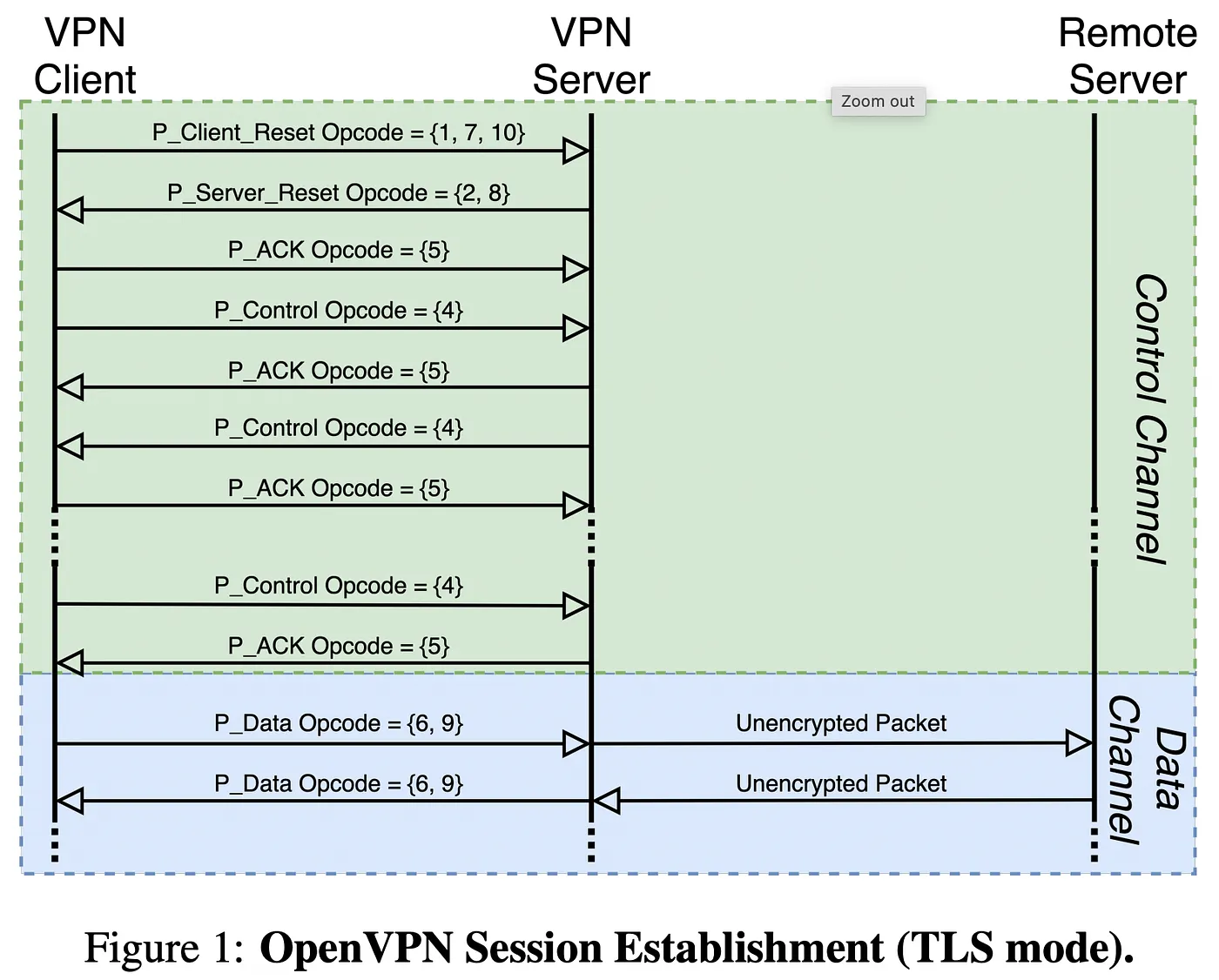

Not sure about what the norms are where you live, but most people in the US have to sign 1-year agreements for Internet service, and those who don’t typically either pay more or would pay before because they’re on a cheaper, older rate that is grandfathered in and is no longer offered by the Internet service provider.







You can do that in the US as well, but it will cost more because you wouldn’t be agreeing to a fixed term. For example, my ISP charges $25 a month for 200 mb/s if you agree to a one-year term, but it’s $40 a month if you do not agree to a one-year term. And there’s also the added inconvenience of having to go to one of the ISP’s physical stores every month and put cash into their kiosk.
They will ask for your name here when signing up, but nothing prevents you from lying about your name if you’re going to be paying in cash. They ask for an e-mail address as well, but you can say you haven’t got one, and they’ll create one for you using their own e-mail service and assign it to you. You don’t actually have to use it, but it is for receiving their bills and notices.